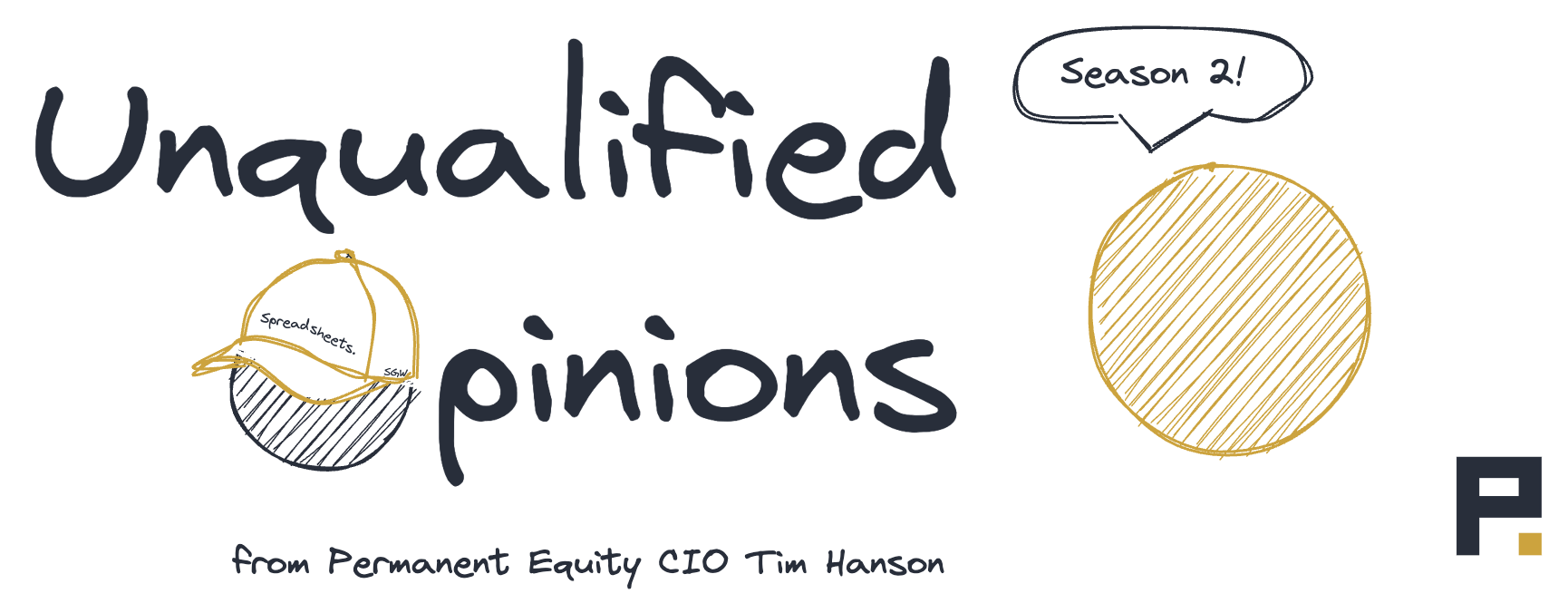Safe Ball, Make a Run
One paradigm that’s gained in popularity at Permanent Equity HQ is the barbell. This is the idea that there is no medium risk, so in investing you should either keep your money in safe assets or seek high returns that compensate you for taking any risk at all.
Yet the barbell can be elsewhere. When it comes to time management, for example, we’ve experimented with never spending 45 minutes on anything. Instead do something in 5 minutes or less if it’s that type of task or do it for as long as it takes to get it done right if it’s that type of task instead.
And at the risk of talking too much about my daughter’s soccer team in this space, the barbell is there as well. Here’s a recent example…
I was coaching a small group in a 3v3 tournament where when the ball goes out of bounds, you get a kick-in and not a throw-in. These kick-ins are real opportunities because it’s a small field and if you make a good pass, it can really break down a defense and lead to a scoring opportunity.
But the girls were getting frustrated by their kick-ins. First, you have limited time to kick the ball in and the ref is counting down that time, which is stressful. Second, as I said it’s a small field, so as the other two players moved around to get open, they’d often run into the same space, which makes it easy on the defense. Third, if the kick-in is not executed well and the other team intercepts it, well, it’s a small field, so now they have a scoring opportunity from what should have been your tremendous advantage.
So we huddled up to talk tactics and I said, “Hey, let’s try something. What if during a kick-in one player gives the kick taker a super safe ball and the other makes a really dangerous run? If the run is not there, play the safe ball. And if it is there, take the risk.”
They liked that because it was clarifying, solved for the time pressure, and also put us in a better position in case we turned it over. Moreover, it gave them a repeatable framework. Every time a ball went out of bounds one of our players would place the ball down to take the kick then point at one teammate and say “Safe ball” and point at the other teammate and say “Make a run!”
The point was to take a lot of risk if success meant making a material improvement to the status quo and to take no risk at all if it didn’t. And to do that over and over and over again. The reason that’s a recipe for success (they won the tournament, by the way) is because as you do it, your upside is increasing asymmetrically relative to your downside and if you can do that, do it all day everyday.
– By Tim Hanson

